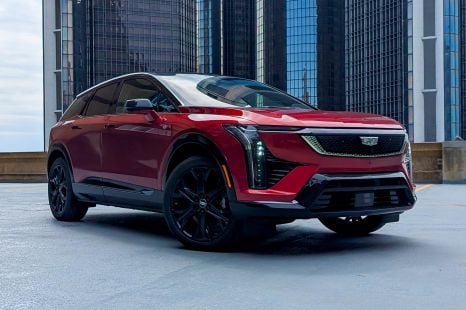

William Stopford
2025 Cadillac Optiq review
4 Days Ago
Toyota will use BYD's 'Blade' lithium-iron-phosphate batteries for a more affordable Chinese-market sedan, set to be revealed in 2022.

Contributor


Contributor
Toyota is reportedly in talks with Chinese automaker BYD to co-develop its second ‘bZ series’ electric vehicle (EV).
Reuters reports this EV will be sold in China exclusively and will launch in late 2022.
Four undisclosed sources told the publication this EV will be an all-electric sedan with “key technology to finally make an affordable yet roomy runaround”.
The EV will reportedly be slightly larger than a Corolla with one source indicating it’ll be “a Corolla with bigger back-seat section”. Extended-length sedans remain popular in the Chinese market.
It’s expected to be unveiled as a concept at the 2022 Beijing motor show in April.
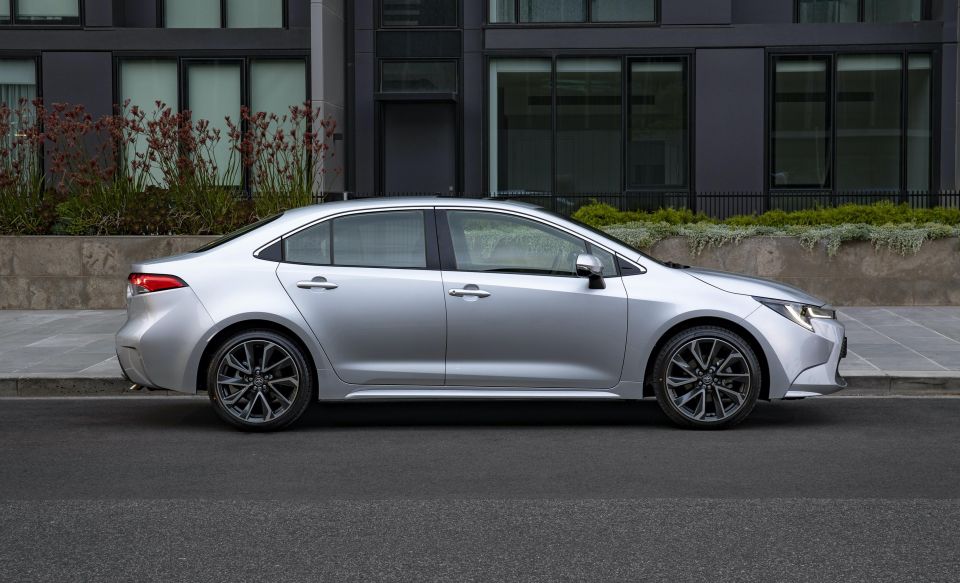
It’ll reportedly slot between budget fare like the circa-A$8400 Wuling Hongguang and more premium EVs such as the Nio ES6 and Tesla Model Y, with pricing said to be “competitive”.
One source told Reuters it would likely cost less than ¥200,000 (A$44,737).
Two of the four undisclosed sources described the new bZ-series EV as an “electric holy grail for Toyota”.
Toyota currently plans to reveal 15 EVs it’ll make available globally by 2025, with seven of these to be under the bZ moniker.
Its first bZ model, the bZ4x mid-sized crossover, goes on sale in Australia later in 2022.
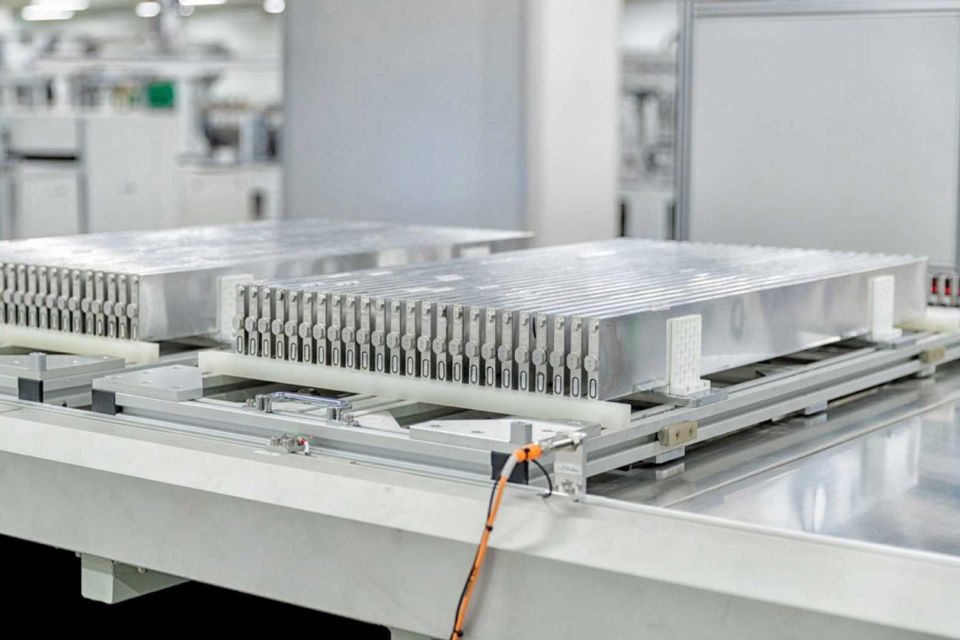
According to the sources, this new Chinese EV will use BYD’s lithium-iron-phosphate (LFP) ‘Blade’ batteries and will be a breakthrough model for Toyota due to BYD’s low-cost engineering know-how.
“The car was enabled by BYD battery technology,” said one of the undisclosed sources.
“It has more or less helped us resolve challenges we had faced in coming up with affordable small electric sedan with a roomy interior.”
Toyota reportedly briefly explored a battery venture with BYD in 2018 and this is how the Japanese automaker came to learn about the battery technology. The two companies established an R&D joint venture last year.
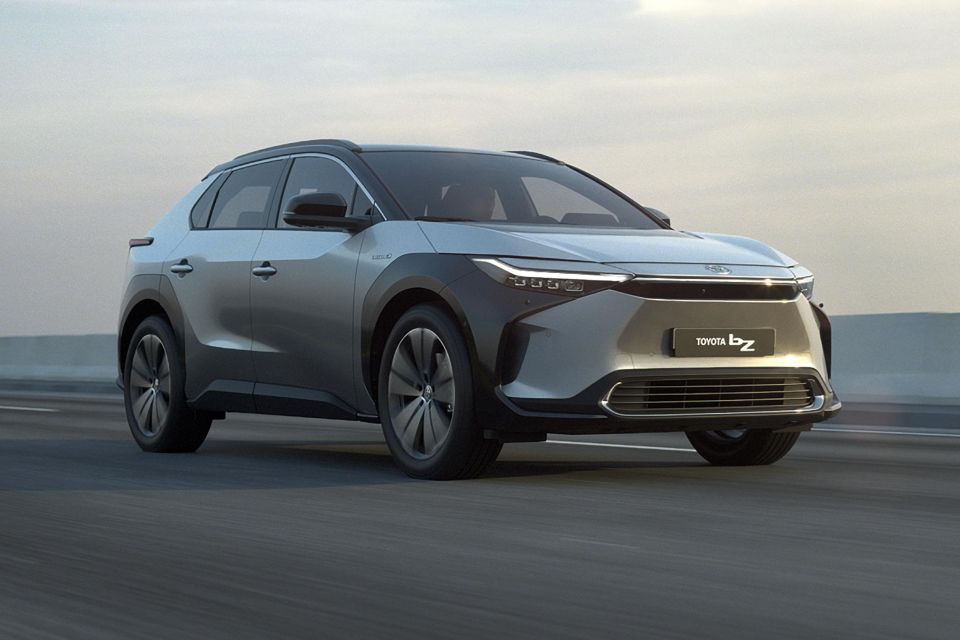
BYD launched its LFP Blade battery in 2020. It’s said to be around 10cm thick when the modules are laid flat on the floor, which is roughly five to 10cm thinner than other lithium-ion battery packs.
LFP batteries are currently used in a number of EVs including Chinese-produced Tesla Model 3 and Model Y vehicles.
Although this battery chemistry is less energy-dense than lithium-ion cells and can perform worse in cold weather, LFP batteries are cheaper, less likely to overheat, don’t use cobalt or nickel, and can be fully-charged more often without the fear of degradation.
BYD reportedly does less prototyping than the Japanese automaker with changes able to be made as late as two years into the process. It’s said to usually only produce two prototypes.
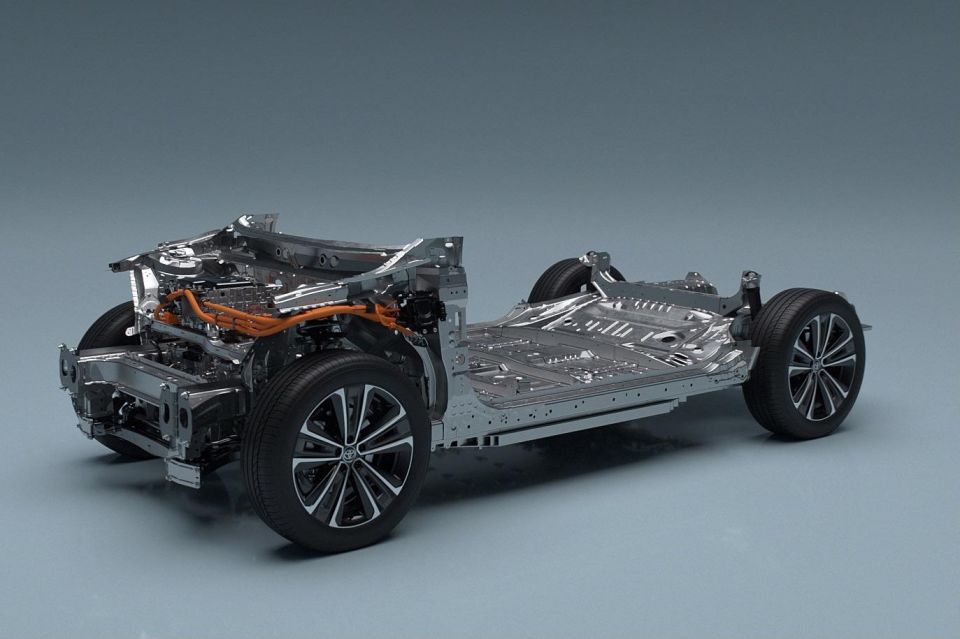
Toyota’s planning process on the other hand is reportedly much more rigid and thorough, according to a source, with three design prototypes and three manufacturing prototypes typically created.
Design changes two years into the process are a “definite no-no at Toyota,” a source told Reuters.
As a result of BYD’s flexibility in last-minute changes, the Chinese automaker’s vehicles are reportedly more up-to-date than when a Toyota hits dealerships.
“Our challenge at Toyota is whether we dismiss BYD’s way of engineering as being loosey-goosey and too risky, or whether we can learn from it,” said one of the undisclosed sources.
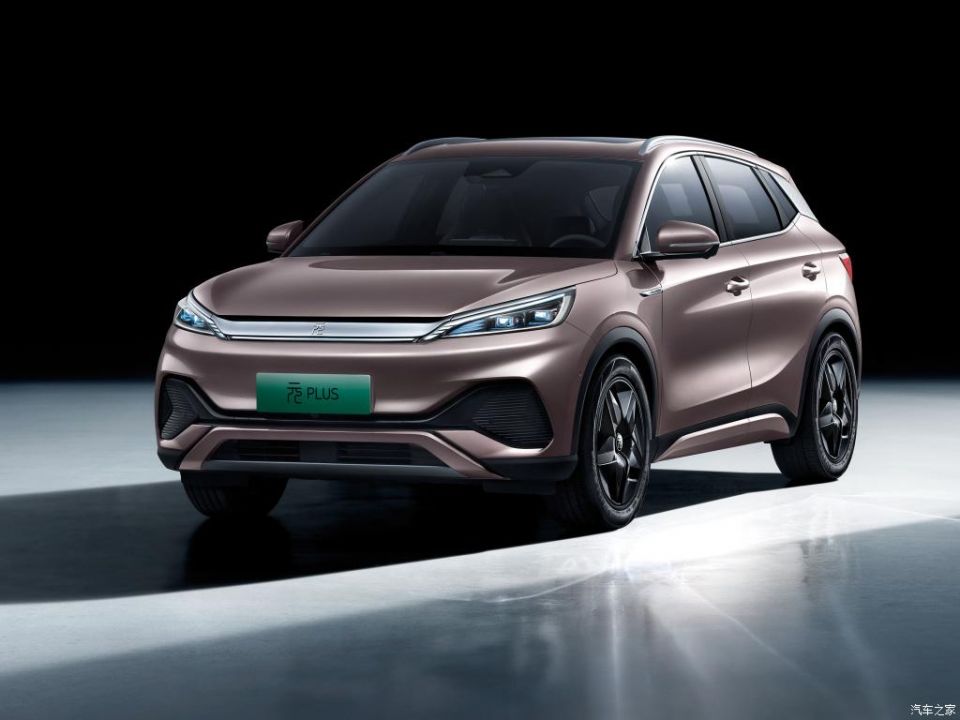
BYD already has a presence in Australia, with its vehicles imported by a company called Nexport and sold through a website, EVDirect.com.au.
Currently on offer are the T3 electric van and E6 electric people mover, with prices starting from $34,950 before on-road costs for the T3 and $39,999 before on-road costs for the E6.
Both vehicles have BYD’s LFP Blade batteries, with the T3 van having a WLTP claimed range up to 300km, and the E6 people mover having a WLTP claimed range of up to 520km.
The company has also locked in the Yuan Plus electric SUV for Down Under as well as the EA1 small electric hatch.
Jack Quick is an automotive journalist based in Melbourne. Jack studied journalism and photography at Deakin University in Burwood, and previously represented the university in dance nationally. In his spare time, he loves to pump Charli XCX and play a bit of Grand Theft Auto. He’s also the proud owner of a blue, manual 2020 Suzuki Jimny.


William Stopford
4 Days Ago
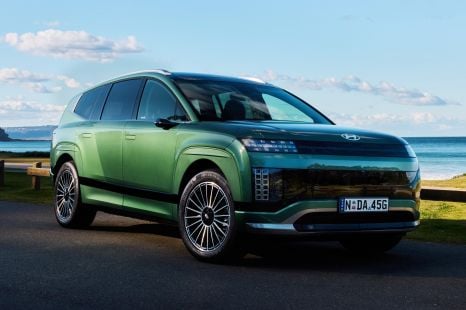

Josh Nevett
3 Days Ago
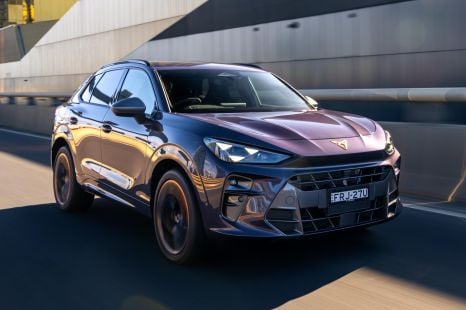

James Wong
3 Days Ago


Max Davies
2 Days Ago
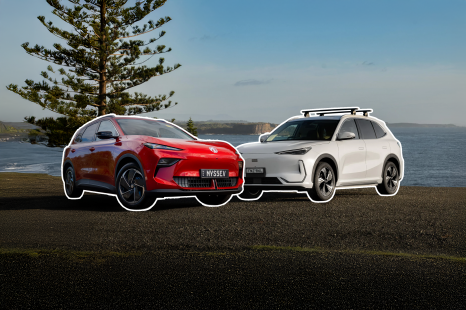

Andrew Maclean
1 Day Ago
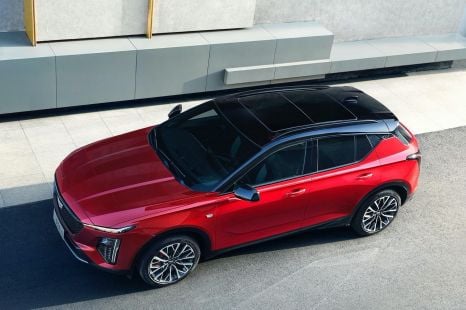

William Stopford
1 Day Ago